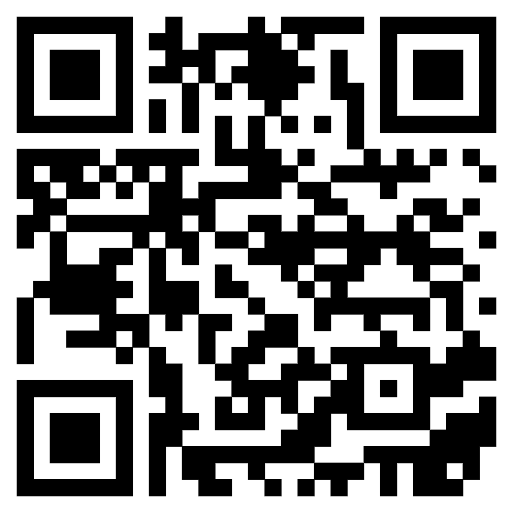This investigation intended to ascertain the Tualang Honey’s (TH) spermatoprotective effects on the reproductive system of male rats on a high-cholesterol diet (HCD). The animal study was conducted at the Department of Basic Medical Science, Kulliyyah of Medicine, IIUM. Twenty-four Sprague Dawley rats were fed with a 12% HCD for 16 weeks. Then, they were divided into four subgroups (group H1, H2, H3, and H4) and continued on the 12% HCD. This was conducted in addition to the administration of distilled water, 1.2, 2.4, and 3.0 g of honey per kg body weight daily, respectively for four weeks. By end of the fourth week, all rats were killed, and blood samples were brought for biochemical analysis as the testis and epididymis were gathered for histology and sperm analysis. All TH supplemented groups showed enormous improvements in the sperm parameters (sperm concentration, motility, progressive motility, normal morphology, and viability) in comparison to H1 (P < .001). The higher the TH dosage, the greater the improvements in the normal sperm morphology. In conclusion, the TH supplementation improved the sperm analysis results in the animal model, hence exerting the spermatoprotective effects.
